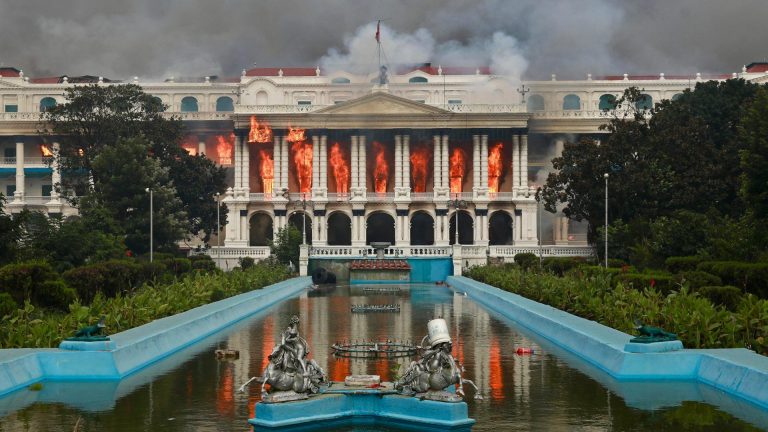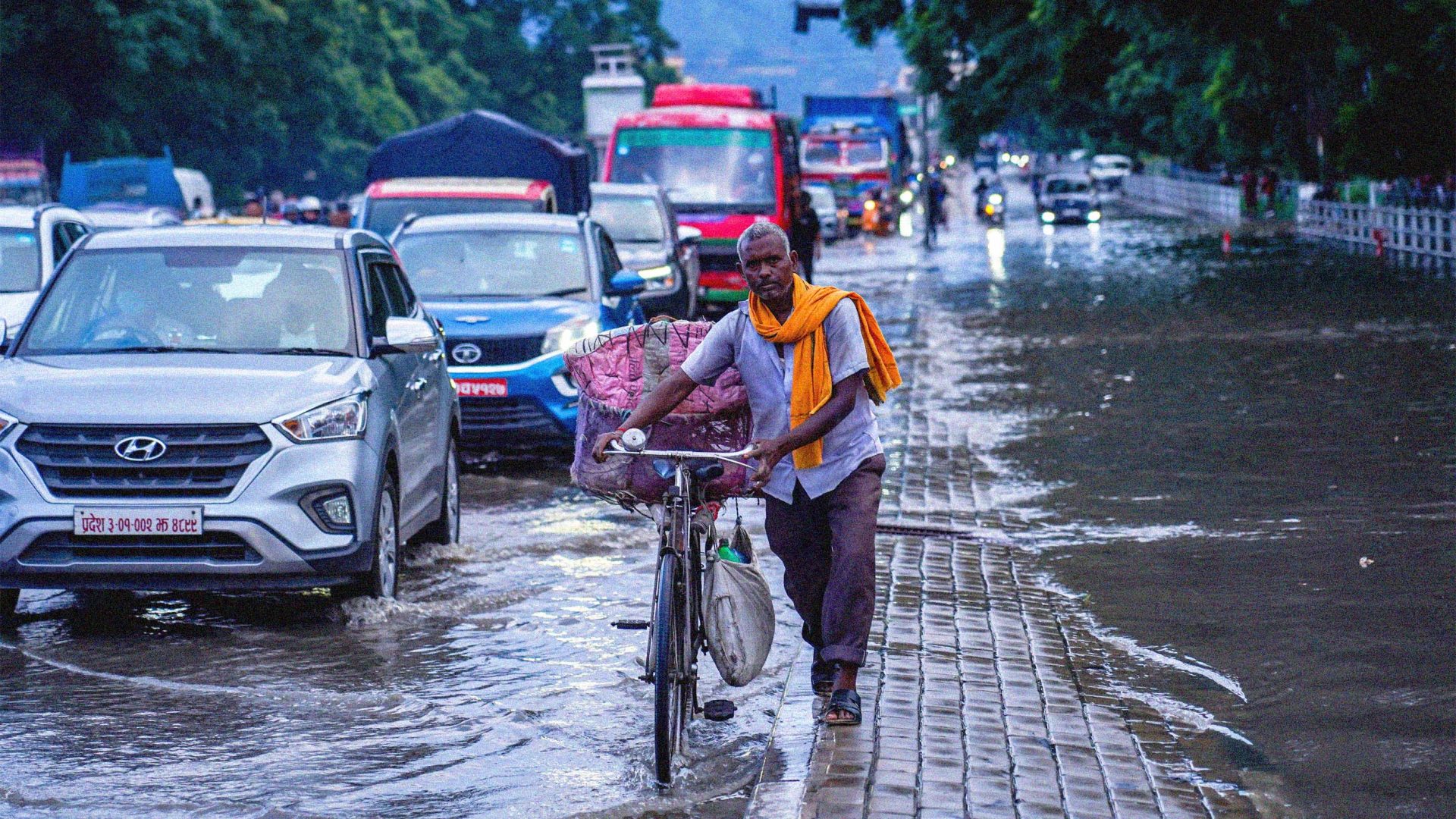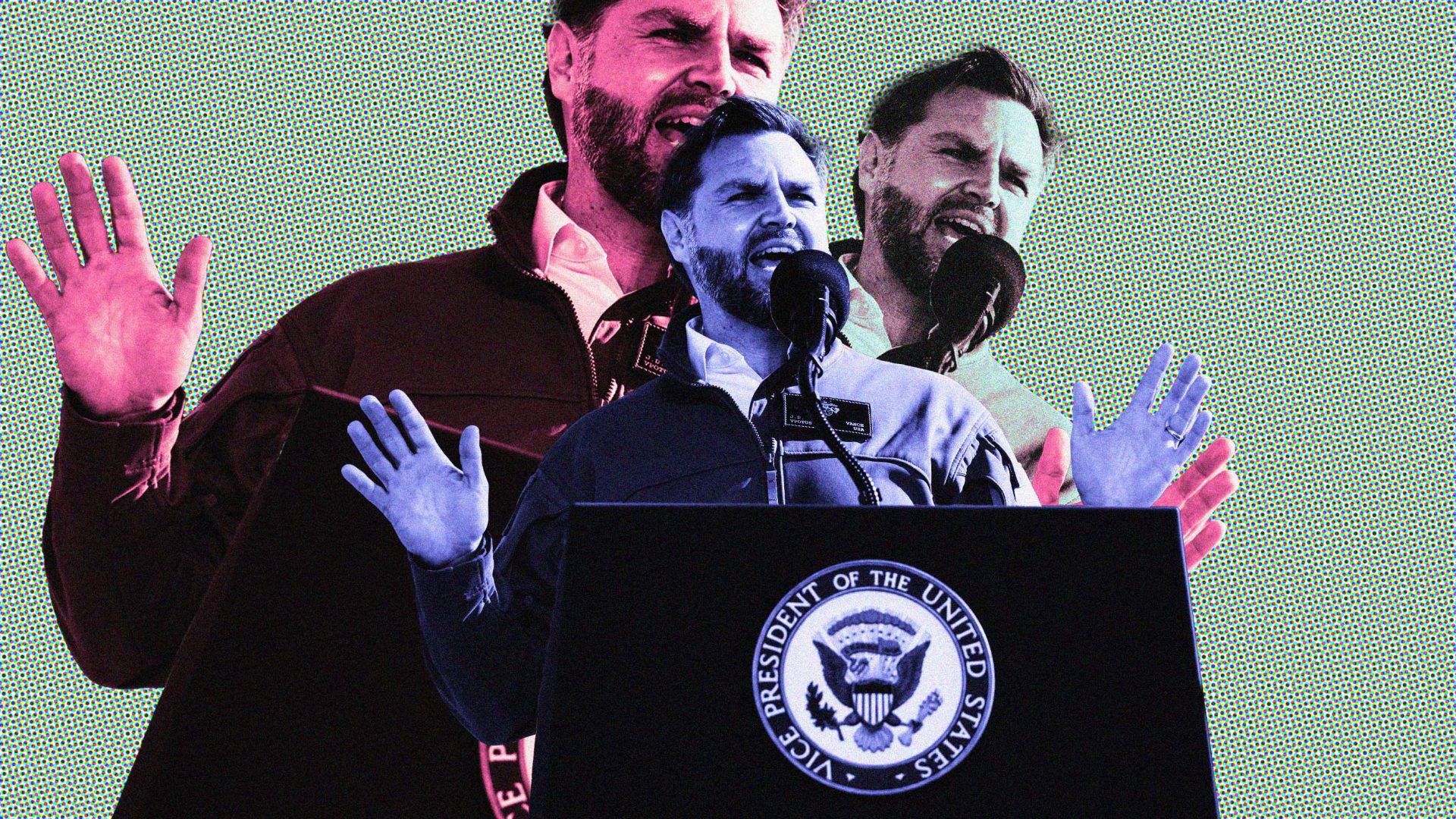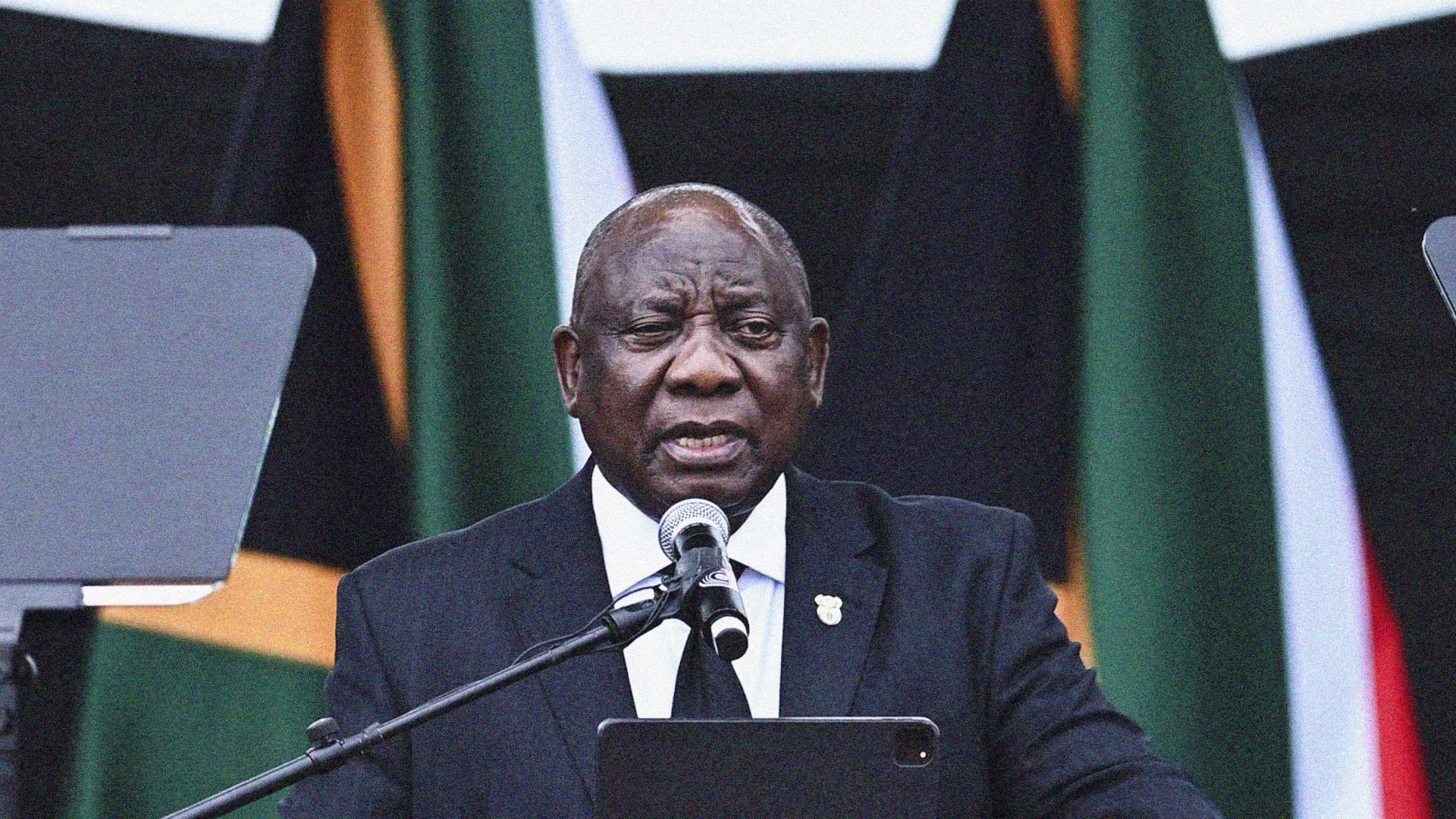The monsoon season in Nepal runs from June to September, and for all that time even a brief rain shower will flood Kathmandu’s streets. Driving through its narrow lanes, I grip the wheel as my car plunges into brown water. The city streets are dissolving into rivers.
This year the forecasts warned that the rains would continue into October. I braced myself. It was Dashain, Nepal’s biggest Hindu festival, when families return home, kites fill the sky and kitchens smell of slow-cooked mutton. But this Dashain the rains came, homes were swept away and the roads were blocked by landslides. People were stranded for days and the festive air turned to despair.
Last year was no different. Landslides cut off fragile mountain roads and in Kathmandu people waited on rooftops as helicopters failed to reach them. Rivers, including the Bagmati, overflowed with mud and boulders, farmland vanished beneath debris and the roads hadn’t even been rebuilt when another bout of late rain killed dozens of people in the east of the country.
A friend once told me the monsoon was the worst time in Kathmandu. “Autumn and spring are the only seasons this city is a joy to live in,” she said. I laughed, thinking she was exaggerating. Now I understood.
In May, driving home after work I found the streets already submerged after a light shower. Streetlights shimmered on the water like stars. The wipers swished helplessly, fighting the grey torrent. Seeking a shortcut, I took the river corridor, where motorbikes huddled under a bridge. There, in semi-darkness, my car was hit by a surge of water from the bridge above.
A year earlier, my brother-in-law had a closer call. During the first pre-monsoon rain, he tried crossing a causeway in his car, thinking the water was shallow. Within seconds it rose to his windows. He escaped through the boot just in time. Later a crane pulled his car out of the water. Days after, he was still shaken.
These stories are repeated every year: cars swallowed by swollen rivers, families rescued from rooftops, drivers mistaking waterlogged roads for bridges. The Dhobi Khola corridor was once a quiet stream, but is now a concrete canal – it has consumed its fair share of vehicles. The river no longer curves through the land; it’s hemmed in by asphalt and concrete.
These floods are manmade. The city, in its hunger to grow, has paved over the land that once absorbed the rain. Open fields have turned into housing colonies; the ponds that once held rainwater are now parking spaces. A report on the 2024 floods by a group of Nepali researchers called it “a perfect storm we helped to build,” when record rainfall collided with years of unplanned urban growth – Kathmandu’s drains were built for half a million people. They now serve nearly 4 million. Unregulated sand and stone mining upstream loaded the rivers with sediment. Despite early warnings, preparations were not made.
Suggested Reading

When smoke blackened the Kathmandu sky
Last week, the rain returned with unusual ferocity. Several settlements were flooded overnight, forcing families to be evacuated. For hours, social media feeds filled with videos of people wading up to their chests in the rising water, carrying their belongings.
This time, things were different. The interim government, formed after youth-led protests toppled a corrupt coalition, had strengthened its disaster-response system. Police issued early warnings through loudspeakers; vehicles were barred from boulder-strewn highways; rubber boats and helicopters rescued the stranded. When the Bagmati River swelled again, its rise was expected, its fury contained. No deaths were reported in Kathmandu.
When the rains subsided, the sun shone, helping me momentarily forget the rain that had smothered my neighbourhood in a dull, endless grey. I stood on my balcony, watching the morning light scatter over buildings still glistening with rain. The waters had begun to retreat. I imagined people living on the river banks finally heaving a sigh of relief. Autumn had come at last – the air cooler and the hills visible again. For a brief moment, Kathmandu looked mesmerisingly beautiful. But it will happen again.
Deepak Adhikari is an investigative journalist based in Kathmandu



